“Art is, indeed, the perfection of good-nature.” – Charles Frye.
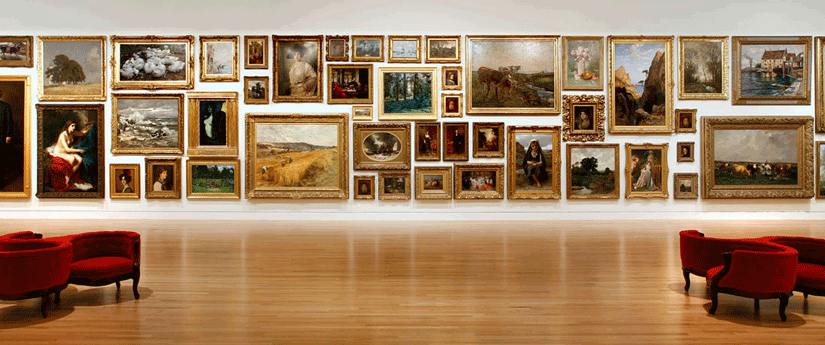
Established in 1952 and located on Seattle’s First Hill, the Frye Museum is the legacy of Charles and Emma Frye, created to celebrate their late 19th-century German Romantic art collection. After a significant renovation in 1997, not only of the space itself but of their commitment to engaging with the Seattle arts community, the Frye has evolved into a singular museum-going experience. In keeping with the museum’s Victorian-era art roots, the main gallery collection is still presented salon-style: the paintings are hung in no particular order, top to bottom and side by side, too close together to form a grid. The works were exhibited in the home of Charles and Emma Frye this way before they took their collection public. While the layout is reminiscent of a lavish Victorian mansion, the sleek mid-century modern architecture negates any idea that this gallery is stuck in the past. With civic responsibility and diversity of representation in mind, the Frye today remains a cultural touchstone where the exhibitions are compelling, and admission is always free.
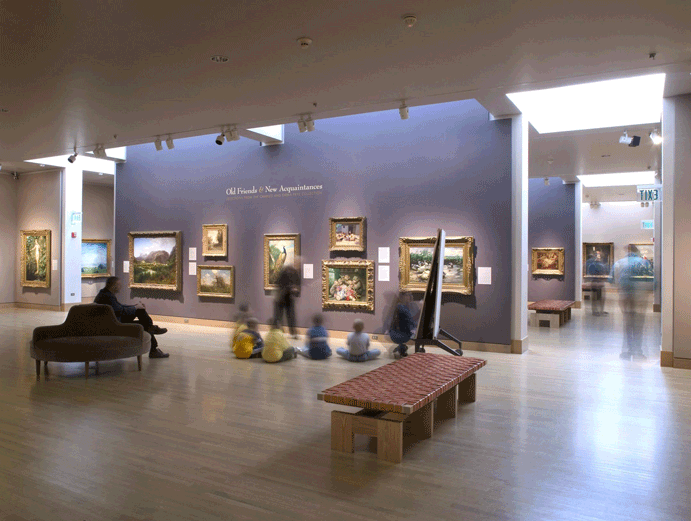
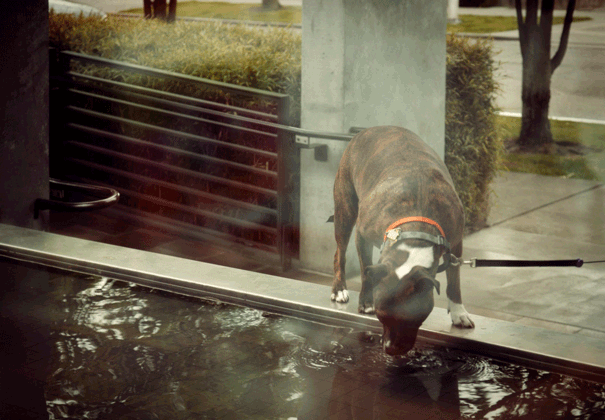
History
Emma Lamp (1860-1934) and Charles Frye (1858-1940), the son of German immigrants who came to Iowa in 1846, married shortly after moving to Seattle in 1888. They made their considerable fortune in the meatpacking industry, the Frye Meat Packing Plant being the largest of its kind in the American Northwest. It was not until 1893, after a visit to Chicago’s World Colombian Exhibition, the Fryes made their first art acquisition. They began collecting work by artists such as Franz von Defregger, William A Bouguereau, and Léon Barillot. Landscape and animal paintings were a favourite subject and the dark and brooding psychologically dramatic paintings of women, by artists like Gabriel von Max, whose work has been collected extensively by the Frye Museum.
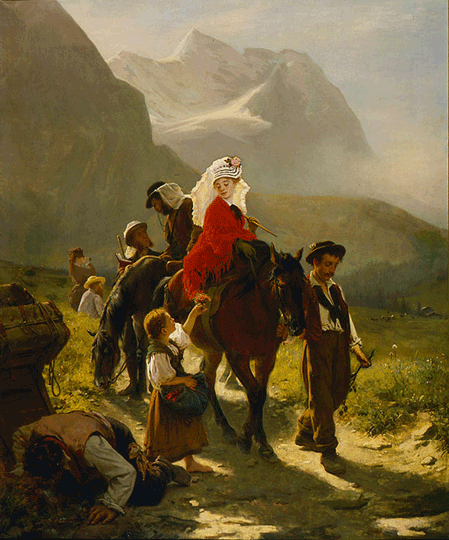
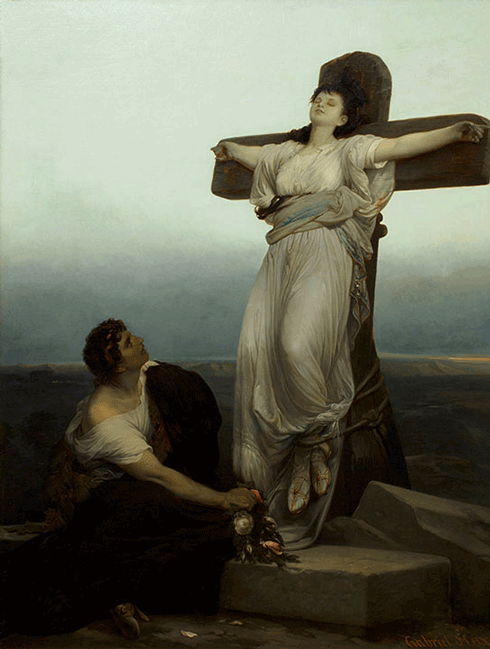
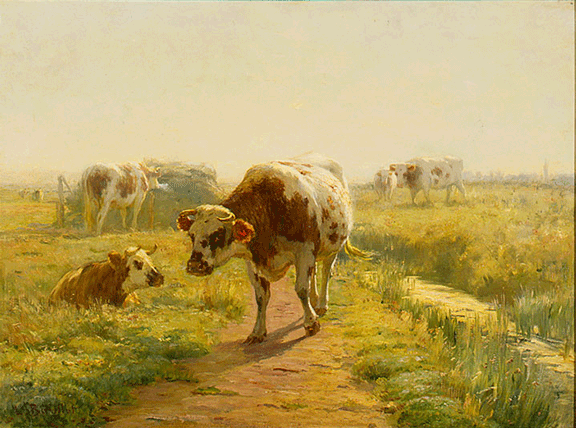
By the turn of the century, the Fryes had established themselves as serious art collectors, and in 1909, lent a French painting to Seattle’s Alaska-Yukon-Pacific Exposition, a major art fair promoting the industrial development of the Pacific Northwest. With growing enthusiasm for collecting art and bringing European art to America, they began to take their collection public, even constructing an addition to their First Hill estate for the sole purpose of housing their significant collection. They used this gallery as a space to host not only art viewings but music concerts and charitable events. At the end of their lives, the Fryes had collected roughly two-hundred and thirty paintings, which was willed to the Seattle Art Museum, but with several stipulations regarding their display.
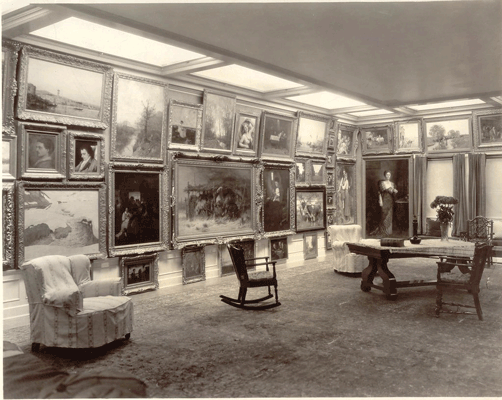
The majority of the work was always to be on display in a room of a specific size, the work was always to be seen in natural light, and admission to see the work was always to be free. Because of these restrictions, the Seattle Art Museum turned down the gift, and Walter Sly Greathouse, the executive of the Fryes’ estate, was left in charge of the collection.
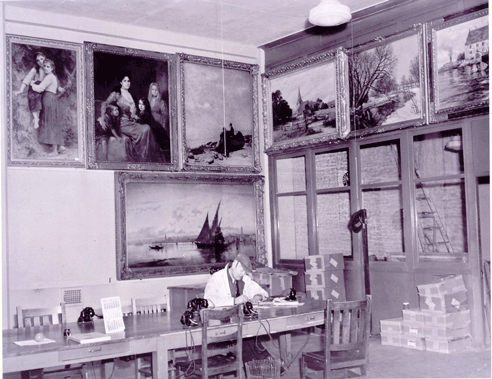
After their house was sold in 1941, the art collection was moved to the Frye Meat Packing Plant, where Greathouse displayed the work as a temporary measure while he lingered on the construction of a new gallery space in which to display the collection. The paintings may have stayed in the plant permanently if not for a tragedy that befell Seattle when a Boeing B-29 (a military aircraft used in World War II) crash-landed into the plant. The crash killed thirty-two people and left nearly half of the plant in ruins. The art collection was undamaged, and needing a new place to display the art, Greathouse went to work on building the Frye Museum.
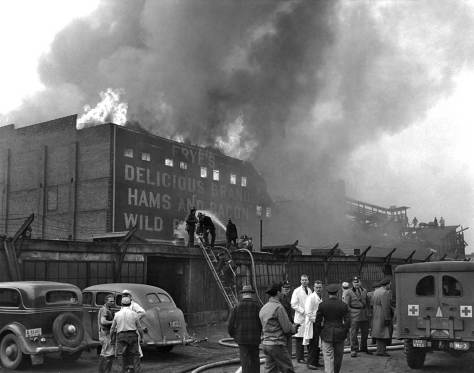
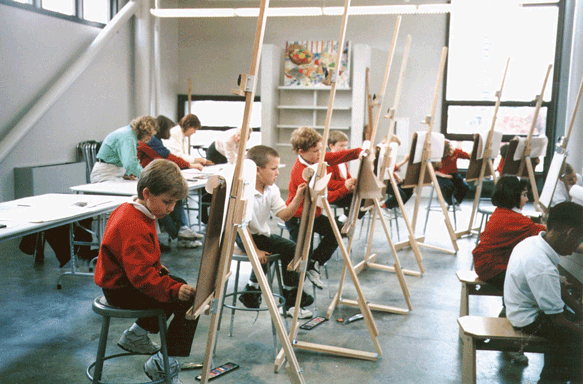
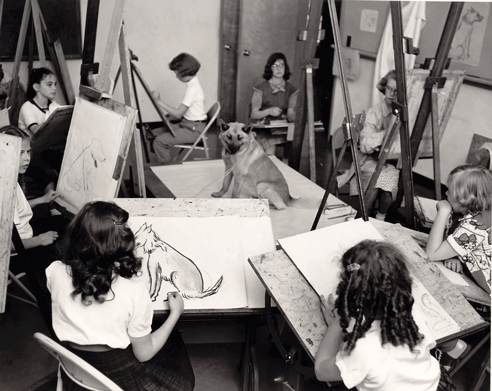
The Museum Today
The conservative taste of Charles Frye and his absolutism in favour of representational art was adhered to for decades under the direction of Walter Greathouse, followed by Ida Kay Greathouse – widow of Walter and his successor as director of the gallery. Following Ida’s retirement in 1994, the museum expanded its physical space and artistic representation. Major renovations in 1997 and 2012, by Rick Sundberg and design collaborator Alan Maskin of Olson Sundberg Kundig Allen Architects, have reinvigorated the space. Bright and airy walkways, natural surfaces, and sculptural features give the chambered floorplan an elemental feel. Each angle is purposefully manipulated to enhance the art-viewing experience; as Alan Maskin states, “Light levels are designed to diminish at five distinct intervals as the visitor moves from outside to inside through the entry sequence.”
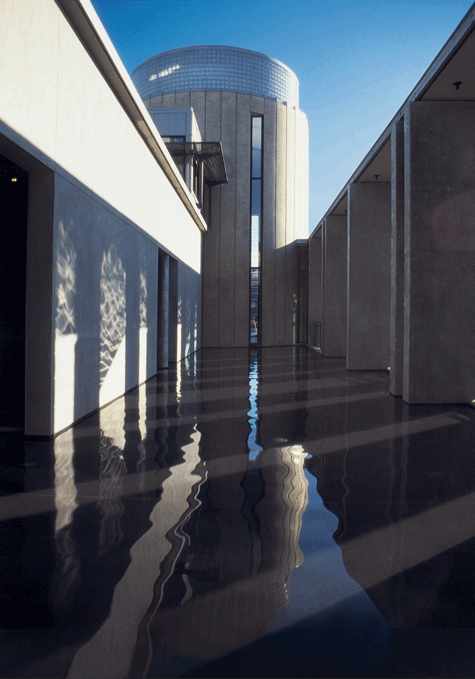
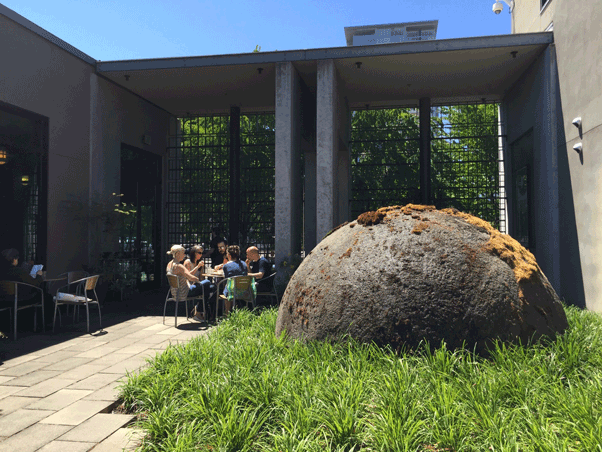
Exhibits have also broadened in scope, including since the 1990s work by female artists and artists of non-European descent and exhibitions of socially progressive content, abstract art, and mixed media. In celebration of the museum’s 60th anniversary, Chinese artist Liu Ding exhibited his first American solo show, Liu Ding’s Store: Take Home and Make Real the Priceless in Your Heart, exploring value and consumerism. In 2010 the Seattle-based performance group Implied Violence shot arrows into a wax chair and staged an interpretive dance in the museum’s reflecting pool.
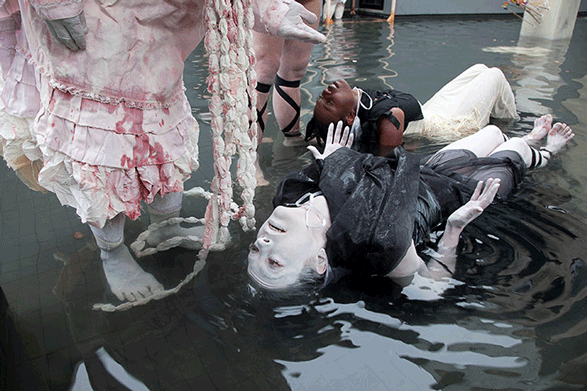
Most recently, the museum has showcased such topical exhibits as Unsettling Femininity: Selections from the Frye Art Museum Collection, an exploration of historical and contemporary perceptions of women, brilliantly curated by Naomi Hume, Associate Professor of Art History, Seattle University. As well, the ongoing public art initiative Boren Banner Series: Marilyn Montufar gives visibility to a photograph with a message that the artist describes as “shared human vulnerability, love, and care that transcends personal experience.”
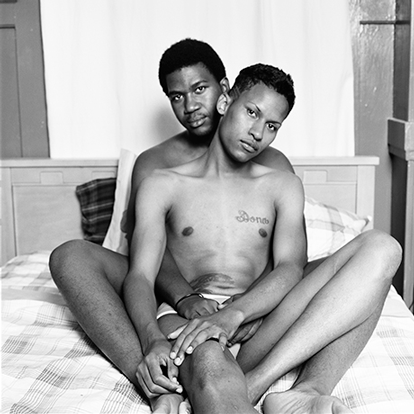
The Frye Museum is the beloved hidden cultural gem of Seattle and continues to innovate while honouring its foundations. Though the museum is scheduled to reopen in late October, the board has professed to suffer significant financial losses due to COVID-19. Please visit the Frye Museum’s website to learn more and show your support.
